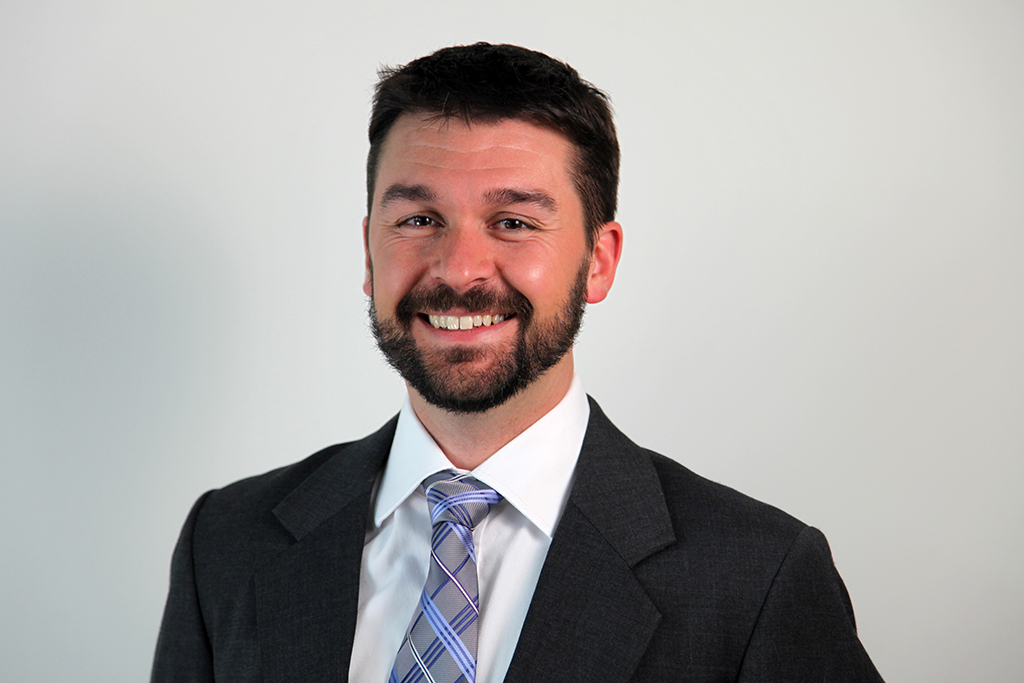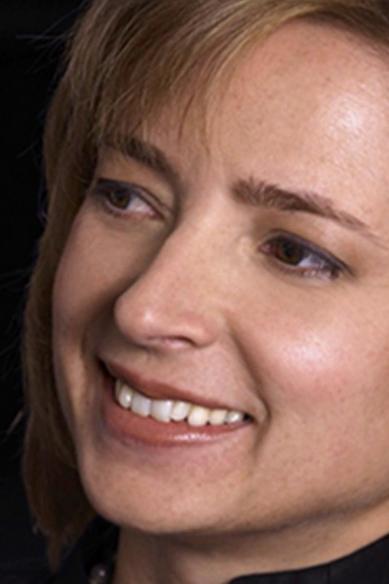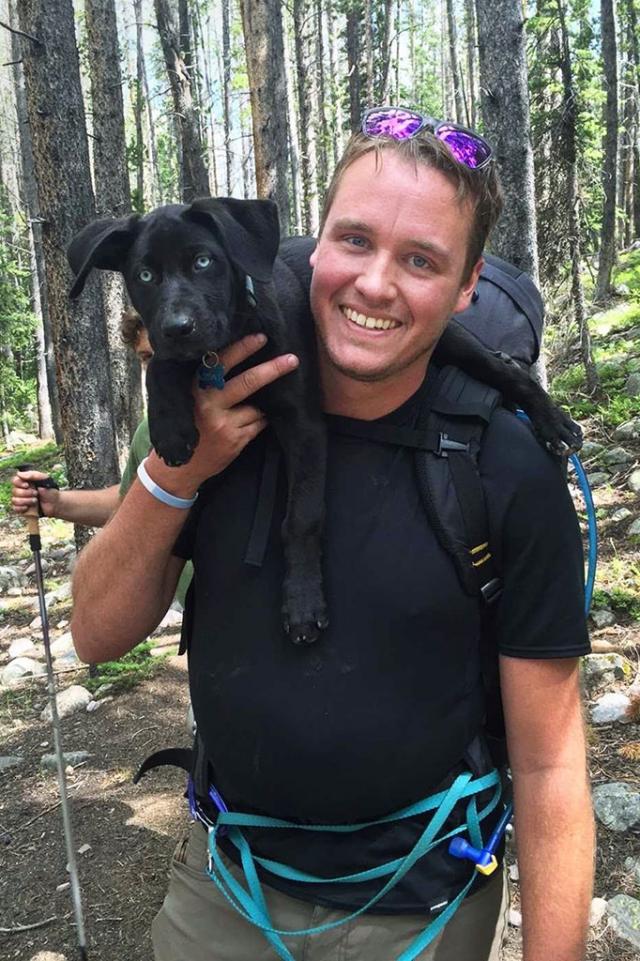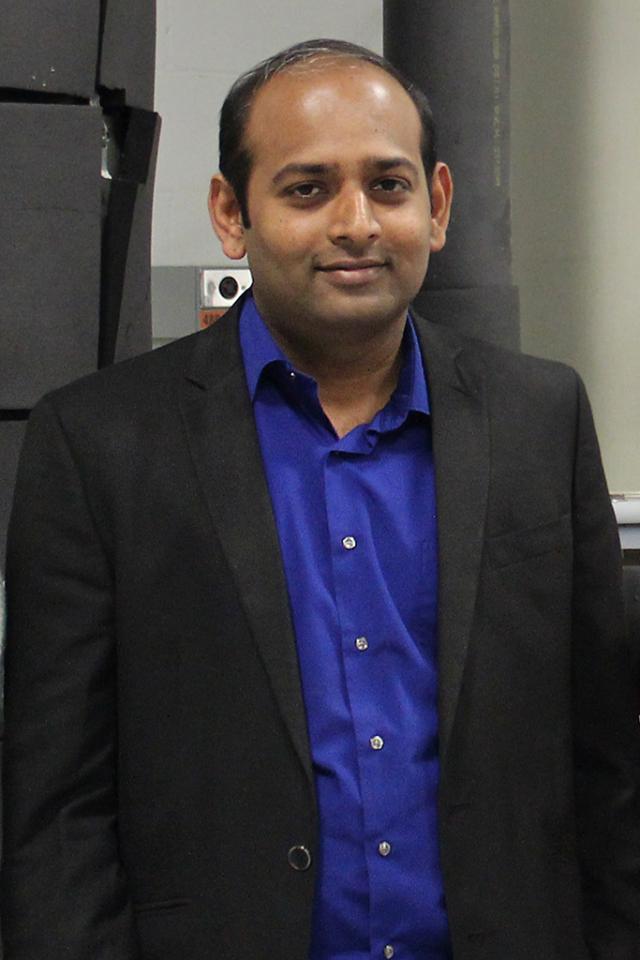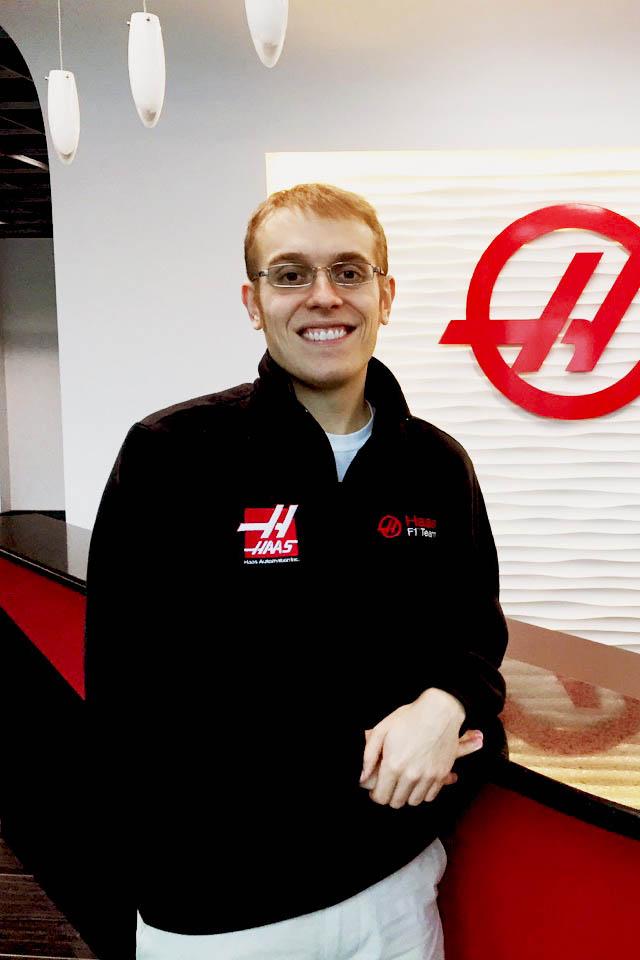Alissa Mariello Mallinson
MechE Communications Office
Mar. 28, 2015
MechE alumni Nate Ball (SB ’05, SM ’07) and Bryan Schmid (SB ’03, SM ’05) entered the MIT Institute for Soldier Nanotechnologies’ (ISN) annual Soldier Design Competition in 2005 with fellow MechE alumni Daniel Walker (SB ’05, SM ’09) and Tim Fofonoff (SM ’03, PhD ’08). The competition challenges participants to solve the real-life problems of active soldiers. The group chose to address the need to easily and quickly descend and ascend during rescue missions. Although their solution did not win the competition, their idea – the Atlas Power Ascender (APA) – became the basis for startup Atlas Devices and a life-saving tool for soldiers, firemen, and policemen throughout the world.
How did you come upon this specific solution?
It certainly wasn’t our first idea. There have been many iterations. We wanted to focus on a solution that was intuitive to the user, inspired by a power tool, and integrated into common climbing equipment that most people would be familiar with. We kept those design parameters, applied high-powered batteries and power-dense motors, and just let her rip.
What improvements did the APA feature over the then-current equipment?
Comparing it to standard climbing or rescue equipment, which uses similar techniques but doesn’t have the power ascender attached to it, we can perform the same tasks anywhere from 10 to 20 times faster. It takes no effort because you’re just squeezing a trigger as opposed to exerting the huge physical effort that climbing and conventional rescues require. A conventional high-angle rescue normally involves five to 10 rescuers over the course of hours, whereas a rescue conducted with an APA involves only one or two rescuers and is completed in a fraction of the time.
How does the APA work?
The system has a trigger that acts like a throttle for the electromechanical drive train and a control interface that’s very similar to a standard power tool, with a hand grip and direction control switches. The user wraps the rope through the system, and the ascender acts almost like an elevator along the rope, climbing up and down it instead of spooling it up as it moves like a conventional winch might do. Once the rope is in, you connect it to your harness or rigging point, pull the trigger, and off you go. You can go up and down with this system by just selecting the direction and then commanding the speed. The ascender is about 22 pounds including its battery (which is separable) and can lift up to 600 pounds.
What kind of engineering challenges did you encounter in your design?
When you try to design a system as small as our APA that can lift 600 pounds at the rate it does, there are a lot of challenges. One of the hardest things we’ve always faced is how to grab onto the rope and climb it efficiently across the whole load range we want to be able to lift. Then there are the usual challenges of keeping the efficiency high through the drive train as we pull power out of the battery and deliver it to the rope-climbing mechanism. We do a pretty good job of that, but we’re still pulling so much power through the system that even at high efficiencies we have a lot of watts of heat to remove, so heat transfer becomes a bigger issue. On top of that, we need it to be rugged for mountainous use and submersible for maritime applications. Meeting those needs without compromising the size and lightweight portability is incredibly challenging.Much of the early work went into the rope-climbing mechanisms, and that’s where most of our company’s IP is held. Many other benefits of the ascender, such as its small size and low weight, have come from a very high level of integration. Almost every part of the system is serving multiple functions. Designing the ascender usually feels like trying to solve those sliding block puzzles, but in multiple dimensions.
Did all these limitations make it difficult to innovate?
No, they absolutely forced it. There’s never been a set of off-the-shelf components that allows us to meet all those specifications, so it’s required us to develop our own technology.
What fueled your decision to commercialize?
The ISN was very involved in our commercialization. There are a lot of military decision-makers that walk through the Soldier Design Competition to review the projects, so military interest following the competition is high. About a year after we entered, we got our first order from the Army’s Rapid Equipping Force (REF), whose purpose is to rapidly transition new technologies that soldiers in the field are requesting. The interest and feedback we received from our first customers motivated us to commercialize the product.
To date, we’ve been heavily focused on the needs of the military market. The military performs many types of vertical operations every day, whether it’s in maritime environments where you might want to board a large ship from a small craft or airborne operations where the APA can serve as a backup hoist or even convert any non-rescue-specific helicopter into an extraction-capable solution. There are other markets where the Ascender can be useful too, such as in the commercial sector, where industrial access is often an issue. In fact, one of our earliest sales was actually to MIT for that purpose: the Department of Athletics, Physical Education, and Recreation (DAPER) bought a specialized 2-axis unit to access the scoreboard that’s out over the pool.
How difficult was the transition from engineering to entrepreneurship?
MIT certainly fosters an interest in entrepreneurship and shows the students that it’s a career option many people find very fulfilling. It’s a different challenge, but it uses a lot of the same skills we learn as engineers, such as the way you break down a problem and attack it. We also received some crucial help from the MIT Venture Mentoring Service during our formative years. Because of MIT’s strong entrepreneurial community, we always felt well supported and still do to this day. We enjoy the opportunity to support other entrepreneurs in return.
Nate Ball is the chief technical officer at Atlas Devices and Bryan Schmid is the president.

